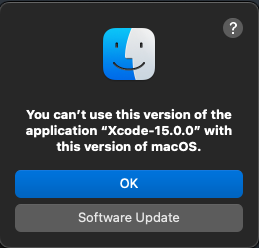Invest in your developer experience!
The more effort you require to start an activity, the more likely you will put it off.
How long does it take you to open up your personal project?
My experience
I had the idea of exploring how HTTP works, so I thought I would write a simple Chat Server/Client without using any HTTP or Websocket libraries. To bootstrap the project, I thought I’d write a Kotlin SpringBoot server, using a PostgreSQL Database via Docker, and an Android Client.
